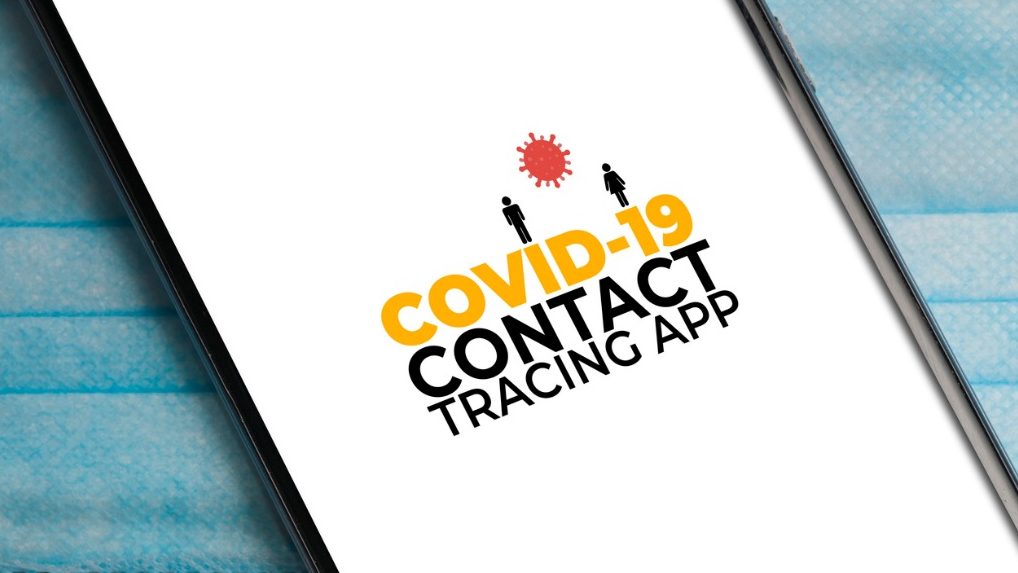Contact tracing as a public health tool has been in use since long before COVID-19, for diseases such as tuberculosis and syphilis; it was also a key strategy to end the Ebola outbreak in West Africa in 2014-16. tracer.
In today’s challenging time, it’s important to be realistic about the possibility of someone getting sick (legal tips on that here). In fact, some legal experts even say identifying who an infected attendee or program staff came in direct contact with during an event could fall under a planner’s duty of care.
Enter the meetings contact tracer.
While it isn’t the planner’s responsibility to do the tracing, you should know how to get in touch with someone who can.
How Contact Tracers Trace
Days could go by before a person begins to feel symptoms of sickness, and by that time they could have been in contact with dozens of people, potentially at your event, passing on the virus to suppliers and other planners, and then to other event professionals…ad infinitum.
There are different categories of contact.
- Direct physical contact
- Close contact: Within six feet for at least 15 minutes
- Proximate contact: More than six feet but in the same room for an extended period of time
Although six feet is the agreed-upon separation between people—that’s the distance respiratory droplets tend to travel—proximate contact is also a concern, because being in the same room for an extended period makes it much more likely multiple people will come into contact with the same surfaces or be affected by prolonged exposure to airborne droplets.
After identifying a person infected with the virus, the contact tracer first inquires about the status of the illness and where the person has been.
These questions are typical.
- What date did your symptoms begin?
- Have you had a fever?
- How are you feeling now?
- Do you have any housemates?
- Have you traveled recently?
- What have you done in the past week?
- Who have you been near?
If multiple people from an event are sick, questions such as these can help determine who the initial carrier was.
Contact tracers will then call all those who are thought to have been in contact with the virus carrier. Because planners have lists of attendees and their phone numbers, this step should be fairly easy—although the list could also include venue employees and others. Tracers will inform these individuals that they may have been in contact with someone who has COVID-19 and ask them if they are displaying any symptoms. The questions listed above will also be asked.
After this, tracers maintain communication with anyone who has symptoms, a time-consuming process. They will continue to keep contact until symptoms are no longer present.
A few countries, such as China and South Korea, have centralized government databases where those infected and their contacts can report any new symptoms, requiring less time from contact tracers. This capability does not exist in the United States, where privacy concerns have, at least at present, taken precedence over extensive cataloging of such data.
What Contact Tracers Need and How to Find Them
Requirements for contact tracers vary state to state; for example, Georgia requires at minimum a high school diploma, while New York requires either a bachelor’s degree with 12 credits in health education or the sciences or a high school diploma with four years of experience in health promotion and disease intervention.
Health organizations have been steadfast in recruiting contact tracers. Organizations such as Partners in Health, in Boston, can be a resource. California recently launched a statewide program, California Connected, which connects tracers to those who have tested positive. The state plans to deploy 10,000 contact tracers. The local health organization at the meeting destination may have contact tracers on call.
Companies such as Contrace Public Health Corps connects planners with tracers after they have undergone a thorough screening to determine their qualifications, including a public health background (not required, but helpful), communication skills, language fluency (the more languages, the better) and computer/phone access. Cost varies depending on how much support is needed.
Training on the subject is also needed for aspiring tracers; there are free courses available from the CDC, Coursera and Association of State and Territorial Health Officials.




